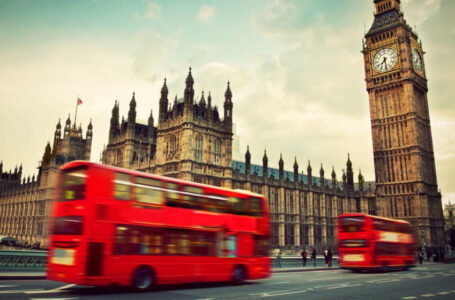Some of the world’s most beautiful train stations
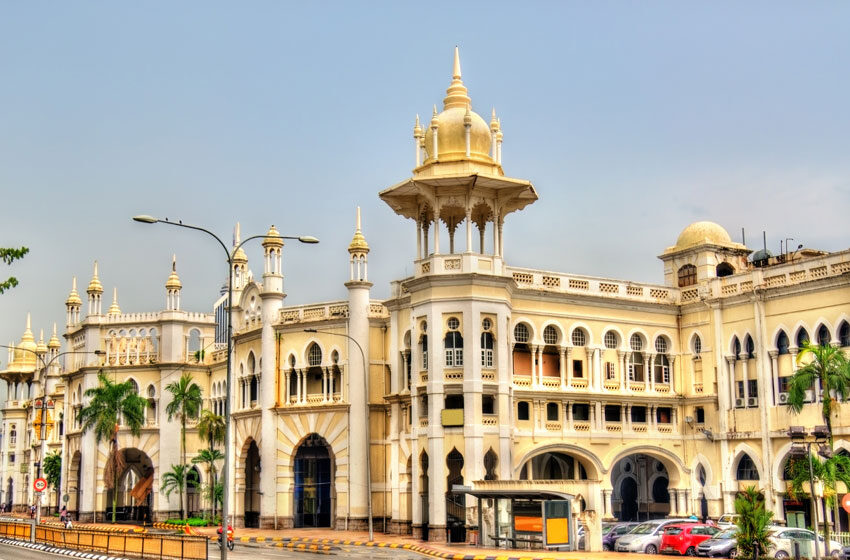
When was the last time you went on a long journey by train? If it has been a while, you could probably recall the exciting atmosphere that often dwells within the compartments of the train bogeys. Furthermore, it is hard to ignore different kinds of people; students travelling with their friends engaged in deep conversation and families on their way to a picnic or a day out. Sometimes you might also witness singers, musicians or dancers travelling, who might dazzle the travelling audience with their fantastic performance.
Trains are the best way of exploring the beauty of the cities and towns. They also enhance the travelling experience of the people by providing unobstructed views of the destination. But before boarding, people often have to wait in train stations until departure time, which can be pretty monotonous.
However, some train stations are so uniquely designed that you will not mind waiting for hours for the trains. On top of that, they are considered architectural marvels and globally recognised.
Let us take a look at some of the world’s most beautiful train stations:
Chhatrapati Shivaji Station, Mumbai (India)
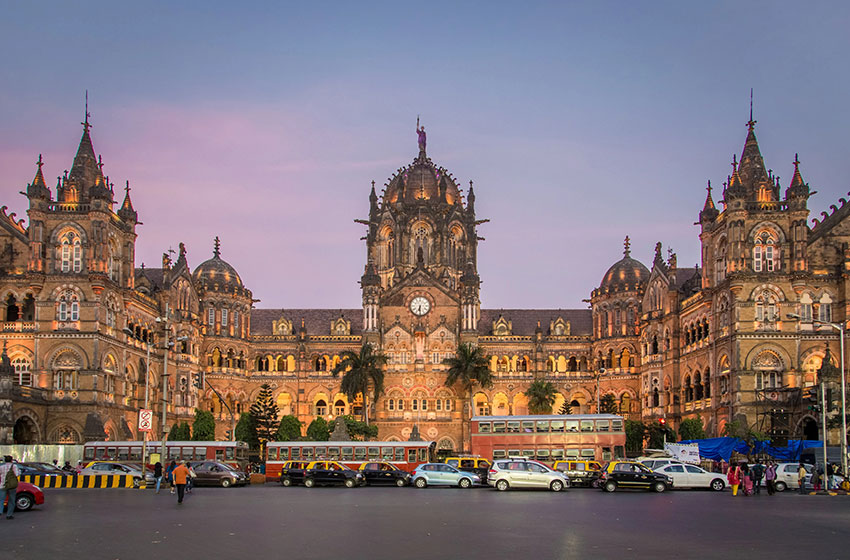
Chhatrapati Shivaji Terminus, formerly known as Victoria Terminus, is a historic railway station located within the central business district of Mumbai. It was designed by the British architect F.W Stevens designed it, who blended Victorian Gothic Revival architecture with Indian traditional architecture. The structure highlights the mercantile facet of the city and symbolises the British Commonwealth.
In 1996, the Minister of Railways, Suresh Kalmadi, changed the station’s name from Victoria Terminus to Chhatrapati Shivaji Terminus, in honour of great Maratha warrior Chhatrapati Shivaji, founder of the Maratha empire.
The entrance gates of Chhatrapati Shivaji Terminus carry two columns, which are crowned – one with a lion (representing Great Britain) and the other with a tiger (representing India). The main structure is made of sandstone and limestone, and the interiors of the station are lined with premium quality Italian marble.
Grand Central Terminal, New York (US)
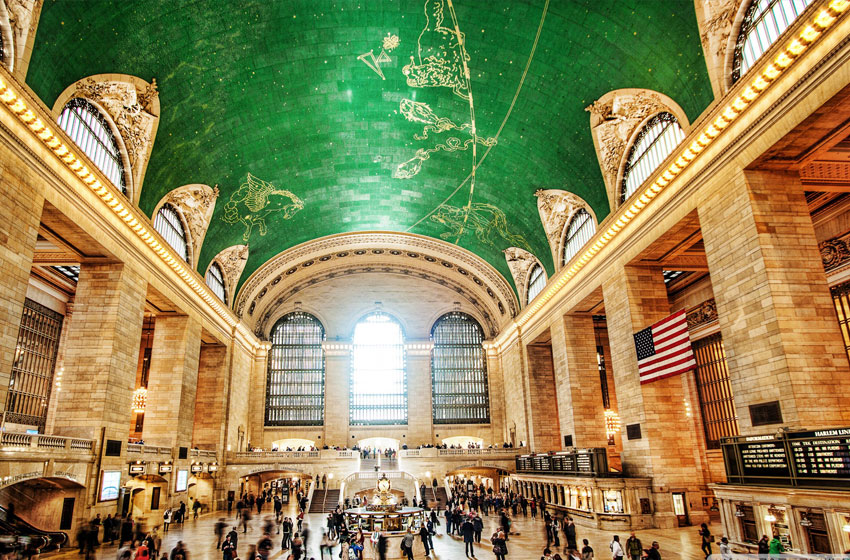
Grand Central Terminal is a commuter rail terminal located at 42nd Street and Park Avenue in Midtown Manhattan, New York City. The present building that opened in 1871 was built over the old Grand Central station; the terminal was constructed to modernise the train system, and it took ten years to complete the entire structure.
On February 2, 1913, the Grand central officially opened to the public. Over 100,000 people use the station daily and the number of people increases if you take into count all who visit the shops, restaurants or tourists who visit the station to take pictures.
The most distinctive aspect of the Grand Central Terminal is the Vanderbilt Hall, which is a 6000-square-foot- premier space. It provides a setting for public and private events.
Pancras International Station, London (UK)
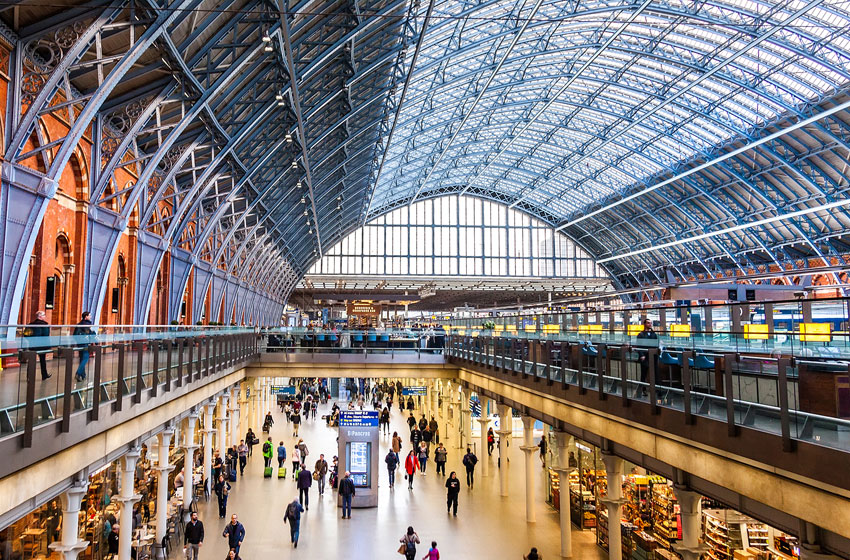
St, Pancras International Station, also known as London St Pancras, is a central London railway terminus on Euston Road in the London Borough of Camden. The station had opened in 1868, after which it was later redeveloped according to the redevelopment project undertaken by renowned architects.
Apart from extending the train shed by 200 m to accommodate domestic rail services, 18000 panes of self-cleaning glasses were added, and the roof of the shed was also reglazed and repainted. It also included renovation of the masonry, mosaics and ironwork of the station using original materials.
The restored station currently has 15 platforms, a shopping centre, and a coaching facility; it is situated at the heart of Central London with many underground connections.
Ramses Station, Cairo (Egypt)
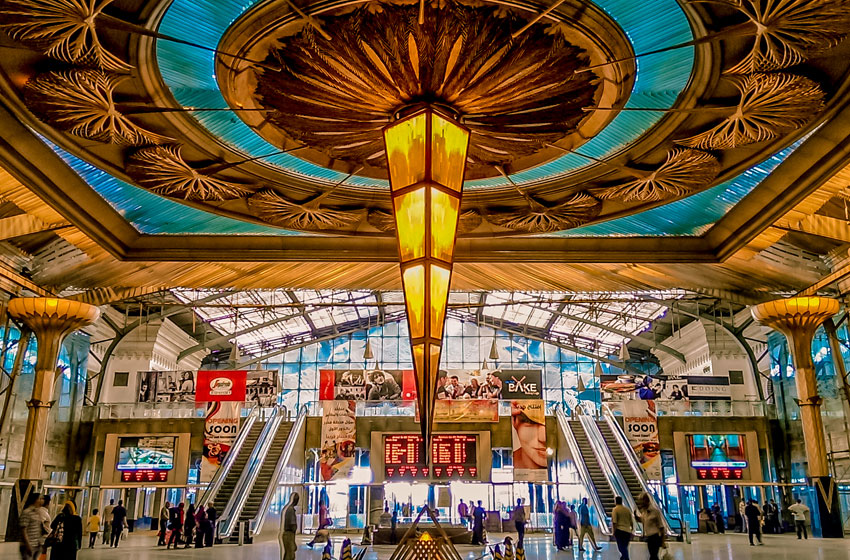
The central railway station of Cairo, Egypt is Ramses Railway station, the name of which is derived from the ancient Egyptian Pharaoh Ramses II. Although the current building was constructed in 1856 and redeveloped in 1955, in 2011, Ramses station was entirely upgraded following the Egyptian uprising. Also, air conditioning was added along with marbled floors and escalators across the station.
The exterior design of the station is a combination of Islamic style and industrial-age engineering, and the interior has modern style and Egyptian aesthetics to it. Also, towards the eastern end, you will find the Egyptian Railways Museum displaying models, replicas, documents and old photos highlighting the history of transportation in Egypt.
Kuala Lumpur Station, Kuala Lumpur (Malaysia)
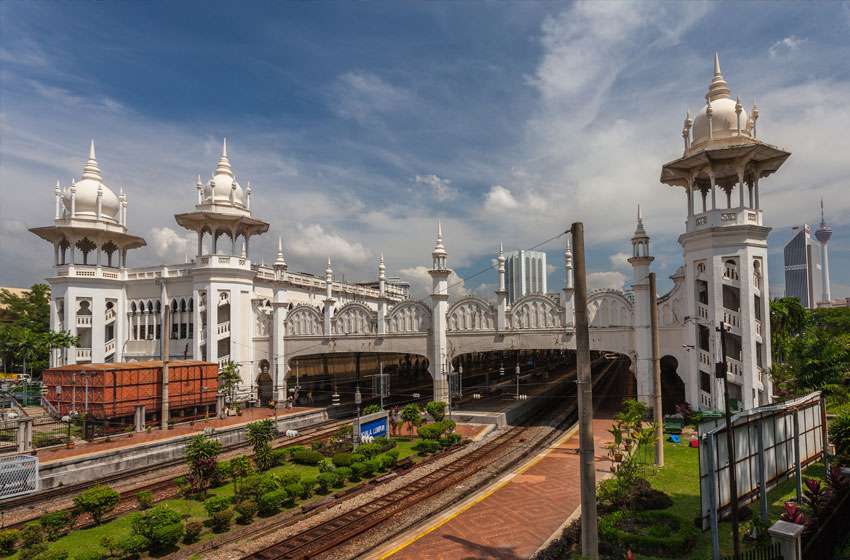
Kuala Lumpur station was built in 1910 and is an excellent example of colonial-style architecture that is heavily influenced by Moorish and Mughal designs. Although a well-known hotel called Heritage Station hotel was located within the station, it closed down a few years ago.
The station is noted for its beautiful facade, a typical Victorian building featuring a glass and iron dome.
Kanazawa Station, Ishikawa (Japan)

Kanazawa Station was originally built in 1898; the station underwent a significant upgrade in 2005. It included a futuristic design featuring a glass and steel dome and a giant wooden gate resembling o torii. The stunning Tsuzumi-mon gate, which is designed to look like a traditional drum used in Noh plays- is made with local Japanese Cypress.
On the other hand, the giant Montenashi dome, which covers the east exit plaza, looks incredible and provides shelter to travellers during frequent rain and snowfall. Furthermore, different shops around the station sell local craft products and souvenirs, often using local gold leaf alongside modern retail brands at the Hyakubangai Shopping Center.
You can also visit the Kenrouken garden, considered one of Japan’s most beautiful landscape gardens. The garden has picturesque ponds, plum and cherry blossoms in spring, azaleas and irises early in summer, and colourful red and yellow leaves in autumn.
Haydarpaşa Station, Istanbul (Turkey)
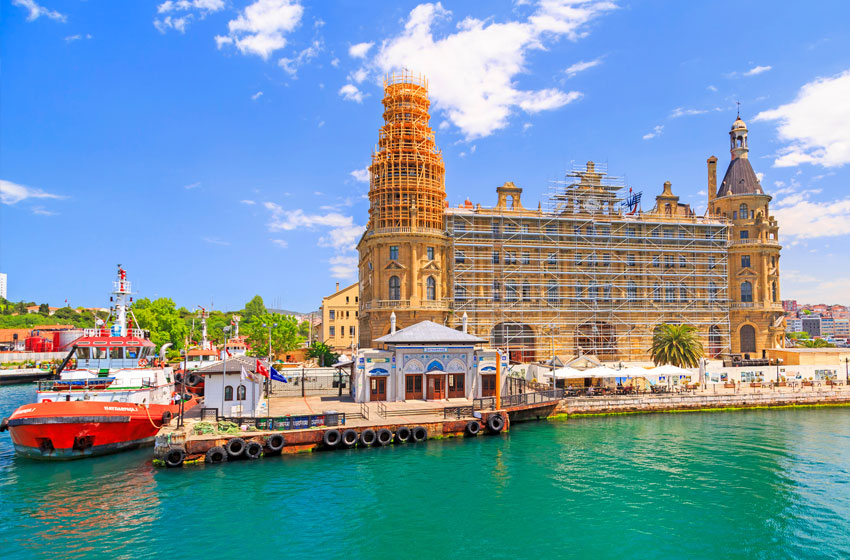
Haydarpasa Gari is Istanbul’s largest and most significant railway station, built by the German architects Otto Ritter and Hellmuth Cuno. This pseudo-castle railway built on the Asian shore of the Bosphorus was the terminus for suburban trains to and from Anatolia for over a hundred years.
The facade is decorated with textured sandstones, and the main façade overlooking Kadiköy Bay rests on a foundation of 1100 timber piles. The station is currently closed with no trains departing or arriving; the ferry also does not stop at its dock. But that does not stop tourists from visiting the area and looking at the structure.




